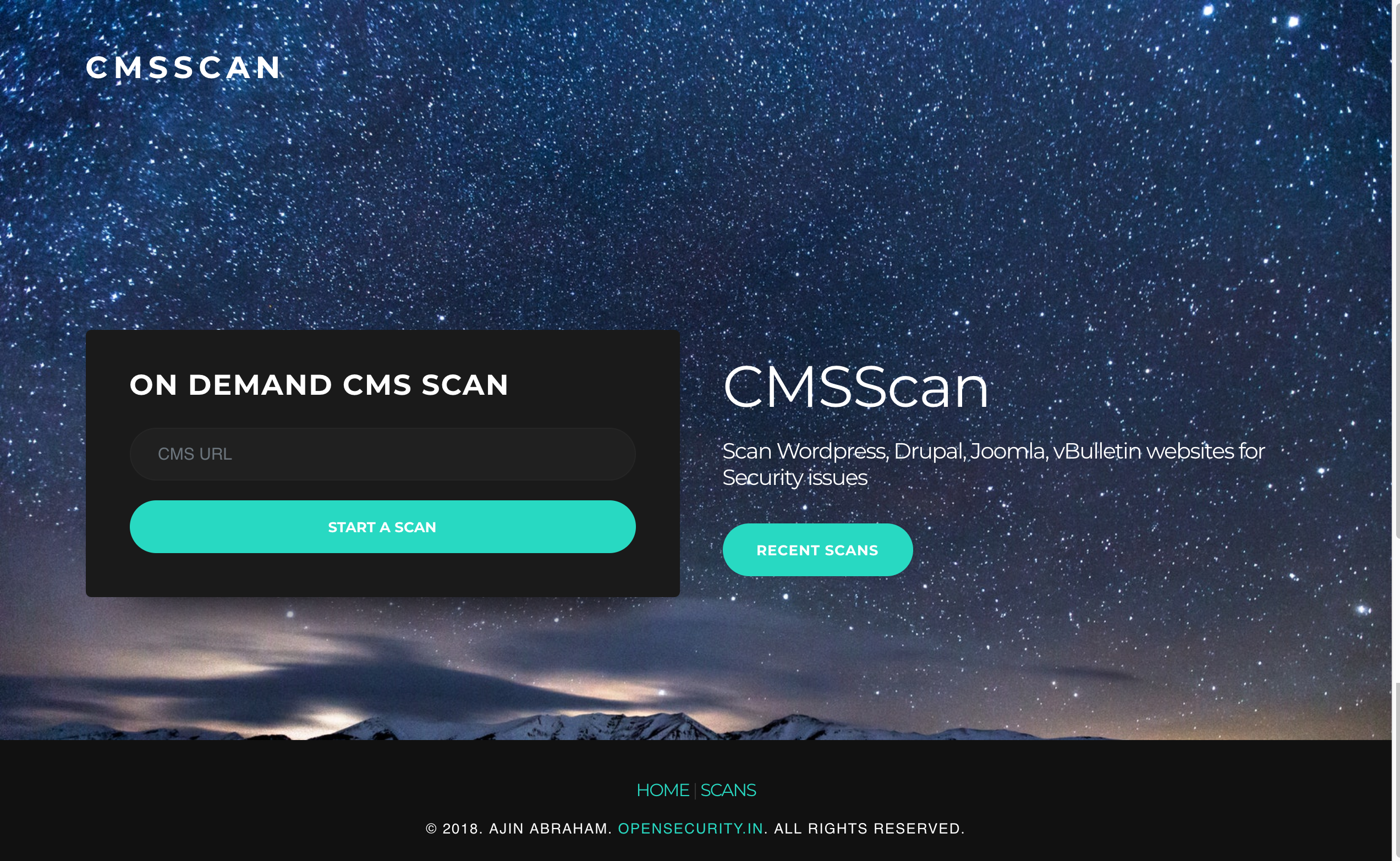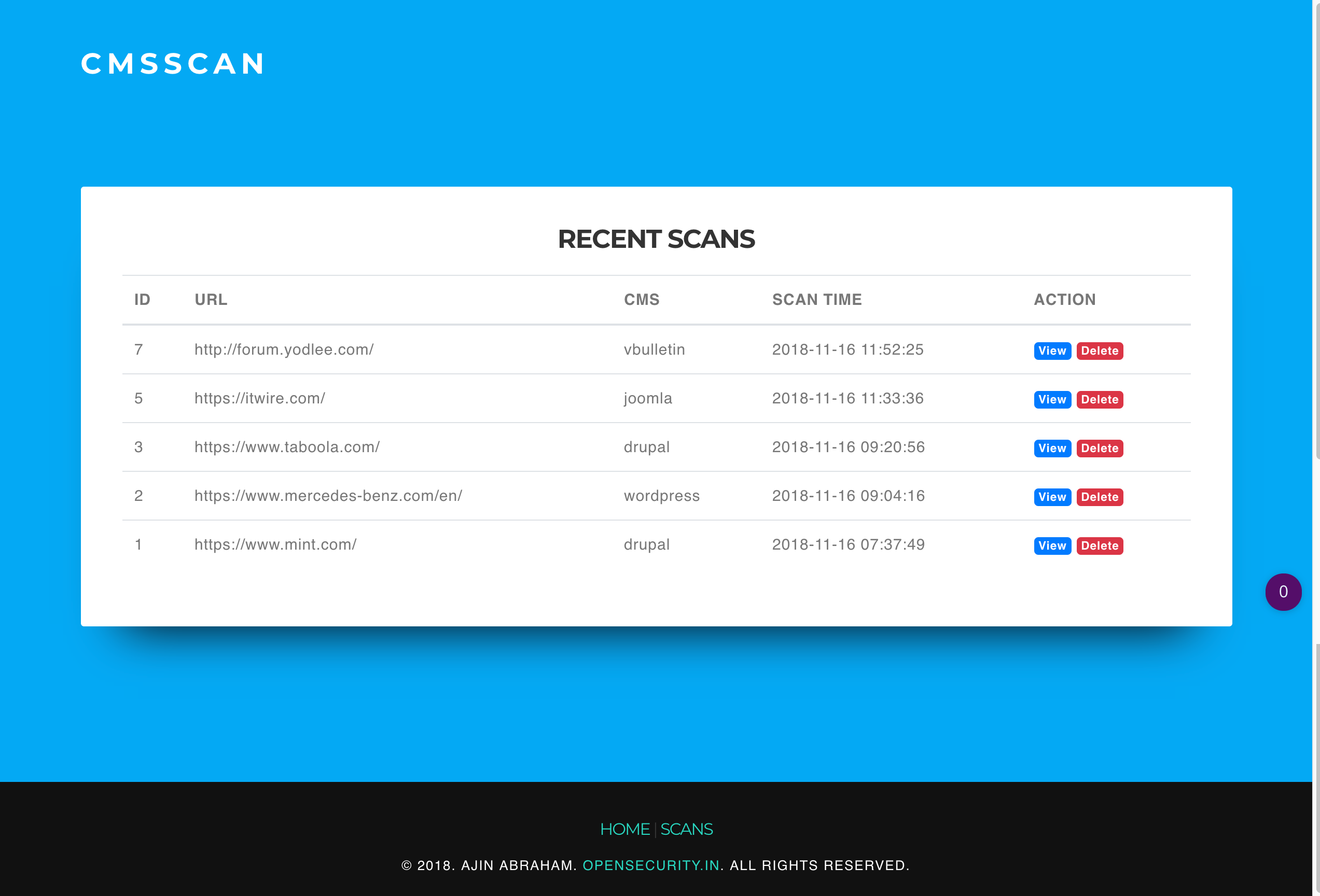Buidler plugin for developing Aragon apps with full front end and back end hot reloading.
This plugin currently requires:
yarn add --dev @aragon/buidler-aragon @nomiclabs/buidler-truffle5 @nomiclabs/buidler-web3 web3
And add the following statement to your buidler.config.js:
usePlugin('@aragon/buidler-aragon')
This plugin provides the “start” task, which allows you to develop an application while visualizing it in the browser.
Task options:
- openBrowser: Whether or not to automatically open a browser tab with the client when running this task.
- Please use buidler.config.js for additional options.
This plugin does not extend the environment.
To use this plugin, please use create-aragon-app with the buidler boilerplate option. For instructions on how to use this boilerplate, please refer to aragon-buidler-boilerplate.
If you don’t want to use a create-aragon-app or a boilerplate, you can follow the structure of the boilerplate linked above. In essence, the regular structure of a Buidler project should do. Please refer to the Buidler docs.
This plugin extends BuidlerConfig by adding the following fields:
export interface AragonConfig {
appServePort?: number
clientServePort?: number
appSrcPath?: string
appBuildOutputPath?: string
hooks?: AragonConfigHooks
}
If you need to perform some tasks before deploying your application’s proxy, e.g. deploying a token and passing that token in your proxy’s initialize function, you can use the hooks object within the BuidlerConfig object. This object simply contains functions, which, if named correctly, will be called at the appropriate moments in the development pipeline:
export interface AragonConfigHooks {
preDao?: (bre: BuidlerRuntimeEnvironment) => Promise<void> | void
postDao?: (
dao: KernelInstance,
bre: BuidlerRuntimeEnvironment
) => Promise<void> | void
preInit?: (bre: BuidlerRuntimeEnvironment) => Promise<void> | void
postInit?: (
proxy: Truffle.ContractInstance,
bre: BuidlerRuntimeEnvironment
) => Promise<void> | void
getInitParams?: (bre: BuidlerRuntimeEnvironment) => Promise<any[]> | any[]
postUpdate?: (
proxy: Truffle.ContractInstance,
bre: BuidlerRuntimeEnvironment
) => Promise<void> | void
}
For an example on how to use these hooks, please see the token-wrapper tests within the plugin’s test projects.
Please refer to the Buidler docs for plugin development.
After cloning this repository, make sure you run npm run dev so that all required contract artifacts are available.
You need to add this to your tsconfig.json’s files array: “node_modules/@aragon/buidler-aragon/src/type-extensions.d.ts”


















